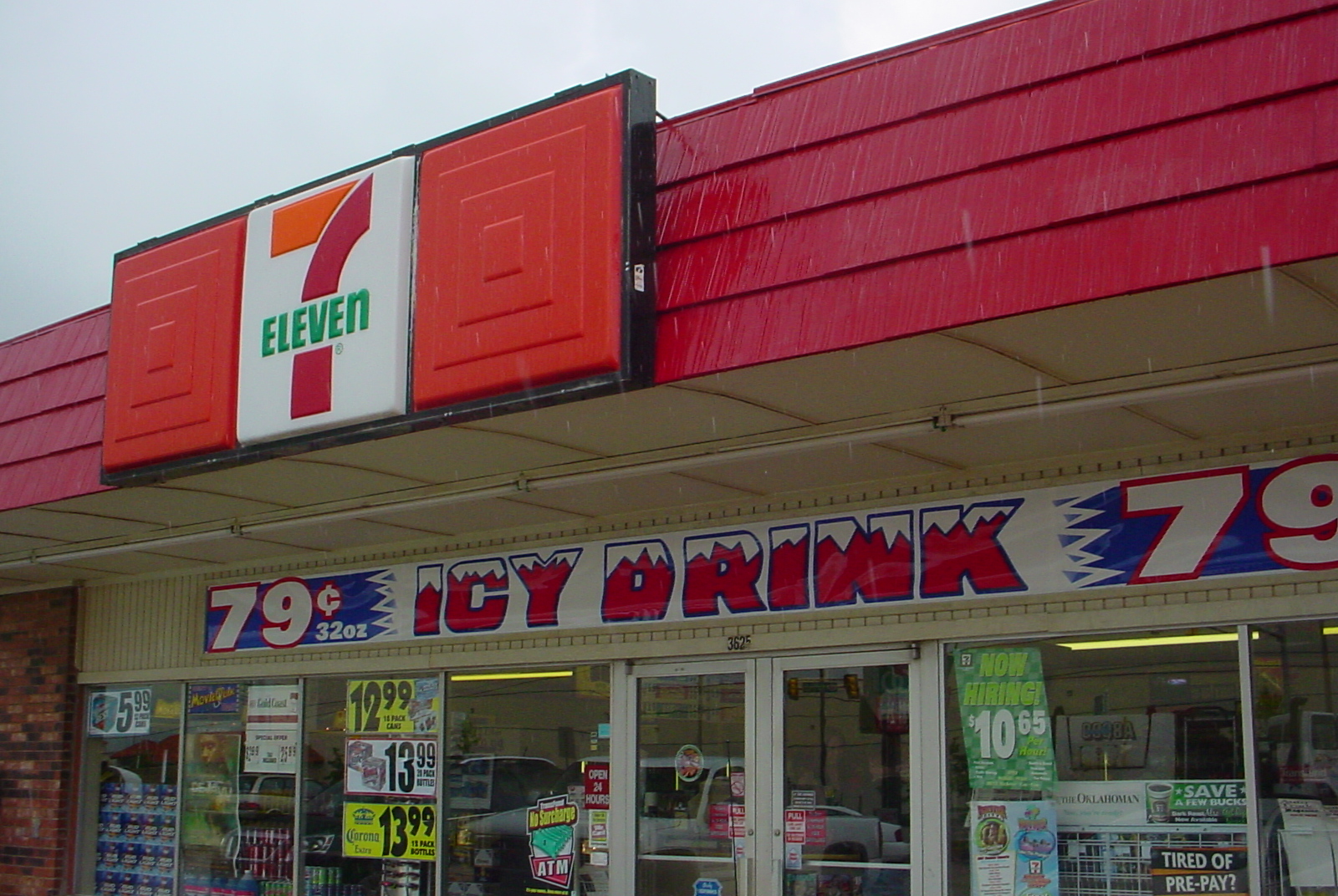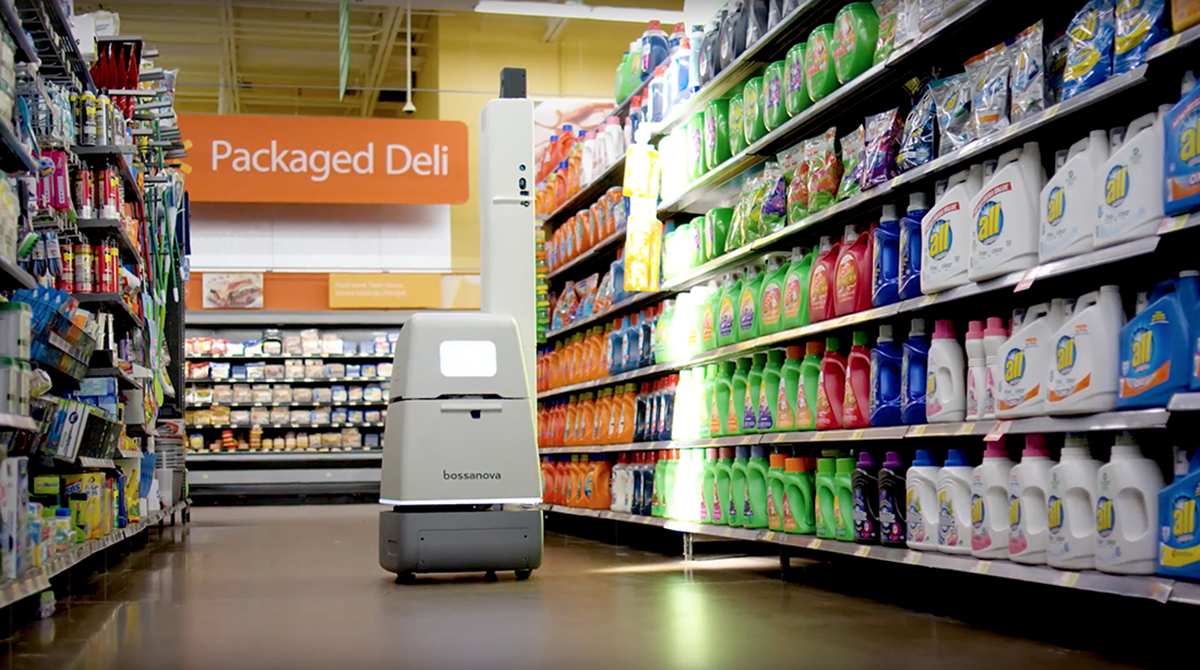Today, products that are available for consumers to purchase are limitless thanks to private brand growth and the variety of retail outlets such as e-commerce, and brick and mortar stores. Heightening competitiveness between food manufacturers and marketing agencies is making them wonder what sets them apart from competitors, and what can help them land their products in the hands of their target consumer.
The Acosta Sales & Marketing agency has published a new report entitled, Acosta’s 2018 Shelf Management: The Value of Getting the Shelf Right with the goal of helping to guide retailers through a highly competitive shopping atmosphere.
The report is designed to help manufacturers in the food industry come up with a comprehensive strategy to target their consumer base and set them apart from their opponents in a growing industry.
John Clevenger, the Senior Vice President/Managing Director and Strategic Advisor at Acosta said, “Shoppers report that more than half of their grocery buying decisions are made at the shelf, proving that influence in-store is crucial for brand success. It has become imperative to shift to a comprehensive approach for shelf management. Traditional practices like slotting fees still matter, but new technological advances provide game-changing insights and incorporating them can create a competitive advantage for leading-edge manufacturers and retailers.”
The Acosta report discusses focusing first on on-the-shelf branding and advertisement since fifty-five percent of shoppers make on the spot purchases with products like spices, snacks, and meat marinades.
The report highlights shelf management specifically since it represents 60 percent of sales and makes up 85 percent of profits for the food retail industry.
Despite these statistics, Acosta found manufacturers spend more of their annual budget on marketing promotions, that being $100 billion per annum. The report found that food retailers only spend $300 million annually on shelf management.
The Acosta study also focuses on basic trends that are impacting the shelf, such as the over-spacing of private brands that typically obtain more shelf space, which creates stockouts of goods and negatively affects the efficiency and productivity of other products.
According to Acosta, shoppers are spending less time browsing through the center of grocery stores, in which aisles are usually made up of packaged and canned goods, and opting for more open areas that contain prepared food, organic goods, and fresh produce. This is motivating supermarkets to increase the perimeter of the store and decrease space in other areas.
Another key trend that is arising in the food market is e-commerce; food retailers have come up with alternative strategies to help keep their clientele, as well as sustain their brick and mortar stores.
Some alternative strategies that food retailers have implemented are grocery pick-up services and offering their in-store products to be selected for purchase online.
The last key trend the Acosta Report highlights are strengthening technology and the analytics it offers to further assist shelf management.
The report highlights digital services such as Trax Technology Inc, which is a software that uses logistics and analytics to help manage data to assist businesses targeting a specific clientele.
In the age of technology, virtual shopping research identifies consumers’ reactions through their online shopping experience and finds an accurate relationship between spending patterns, speed, and efficiency.
It further states that innovative technology such as “stimulating eye tracking” can leverage what consumer purchases by estimating what the shopper will see within the first couple seconds of shopping online.
According to Acosta, there is an approximate $54 billion dollar loss in sales due to out-of-stock items. Software such as Trax Technology could minimize this by displaying everything seen in a brick and mortar grocery store online and guaranteeing adequate in-store execution and cost as well as keeping track of how competitors operate their shelf management.
“Advancements in technology and automation have transformed shelf management from an art to a new level of science,” said Jim Hanson, Senior Vice President, Space Management Solutions at Acosta.
He further states that this is a great opportunity for the food retail industry to use technology to focus on analytics to drive sales and examine the patterns between consumer and shelving activity.












Join or login to leave a comment
JOIN LOGIN